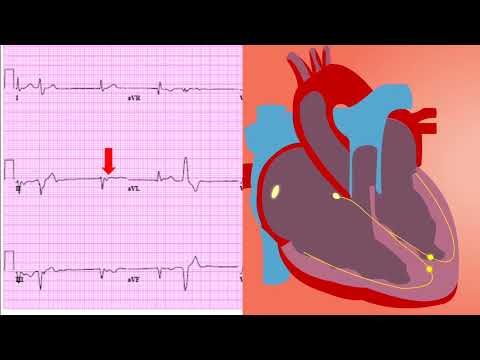🎬 Video Summary
This 3D medical animation provides a clear and concise overview of the upper GI endoscopy procedure, also known as esophagogastroduodenoscopy (EGD). Learn about the steps involved in performing an upper endoscopy, its purpose, and what doctors look for during the procedure. This video is a valuable resource for medical students, nurses, and anyone interested in understanding EGD scopy.
🧠Teaching Pearls
- 💡 Understand the preparation process required before an upper endoscopy.
- 💡 Visualize the insertion and maneuvering of the endoscope within the esophagus, stomach, and duodenum.
- 💡 Learn about common findings during an EGD, such as ulcers, inflammation, and tumors.
- 💡 Identify the different instruments that can be used during an upper endoscopy, such as biopsy forceps.
- 💡 Recognize the importance of upper endoscopy in diagnosing and managing upper gastrointestinal disorders.
❓ Frequently Asked Questions
Q: What is the purpose of an upper endoscopy?
A: An upper endoscopy, or EGD, is performed to examine the lining of the esophagus, stomach, and duodenum. It helps doctors diagnose and treat conditions such as ulcers, inflammation, tumors, and bleeding.
Q: How should I prepare for an upper endoscopy?
A: Typically, you will need to fast for at least 6-8 hours before the procedure. Your doctor will provide specific instructions regarding medications and dietary restrictions.
Q: Is an upper endoscopy painful?
A: You may experience some discomfort during the procedure, such as pressure or bloating. However, most patients receive sedation to minimize discomfort and anxiety.
Q: How long does an upper endoscopy take?
A: An upper endoscopy usually takes about 15-30 minutes to complete.
Q: What are the risks associated with an upper endoscopy?
A: While generally safe, potential risks include bleeding, perforation, infection, and reaction to sedation. Your doctor will discuss these risks with you before the procedure.
Q: What happens after an upper endoscopy?
A: After the procedure, you will be monitored for a short period until the sedation wears off. You may experience a sore throat or mild bloating. Your doctor will discuss the findings and any necessary follow-up with you.
🧠 Key Takeaways
- 💡 Upper endoscopy (EGD) is a valuable diagnostic tool for upper gastrointestinal disorders.
- 💡 The procedure involves inserting a flexible endoscope through the mouth to visualize the esophagus, stomach, and duodenum.
- 💡 Biopsies can be taken during an EGD to further evaluate abnormal findings.
- 💡 Preparation is essential for a successful and safe upper endoscopy.
- 💡 Understanding the procedure can help alleviate patient anxiety.
🔍 SEO Keywords
Upper endoscopy, EGD scopy, Esophagogastroduodenoscopy, GI endoscopy, Digestive health, Upper GI tract, Endoscopy procedure.
“`

